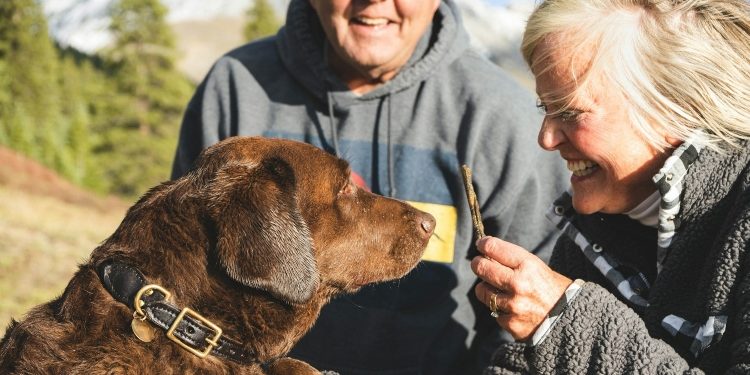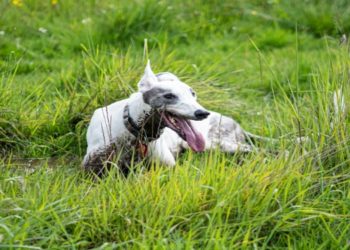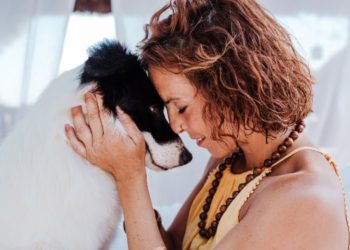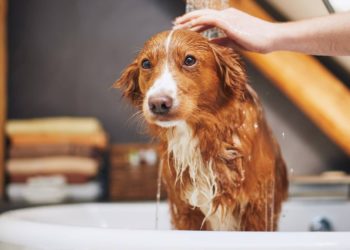The process of transforming an ordinary dog into a dedicated personal protection guardian is a fascinating journey that requires skill, dedication, and a deep understanding of canine behavior. Personal protection dogs, often seen as the epitome of loyalty and vigilance, undergo rigorous training to become the trusted guardians of homes and families. In this article, we will explore the intricate training process that shapes these remarkable canines into the vigilant protectors they are known to be in the United Kingdom.
Training a personal protection dog is a meticulous and comprehensive process. It starts with selecting the right breed, followed by socialization, obedience training, and finally, advanced protection work. Each step is crucial to ensure the dog’s effectiveness as a guardian. Dog trainers should focus on building a strong bond between the dog and its owner, as trust and communication are at the core of successful protection work.
After talking to Rob from TotalK9 UK we found that personal protection dogs are trained to protect not only themselves but also their owners. Handler protection training teaches the dog to respond to threats directed at its owner. This is a critical aspect of personal protection, as the dog must be willing and able to intervene when necessary to keep its owner safe.
Following are the training steps that mold personal protection dogs into guardians.
1. Breed Selection
The foundation of a successful personal protection dog begins with the right breed selection. Breeds known for their loyalty, intelligence, and protective instincts, such as German Shepherds, Belgian Malinois, Rottweilers, and Doberman Pinschers, are often chosen for this purpose. The breed’s innate characteristics play a significant role in the training process.
2. Socialization
Socialization is a critical step in the training of personal protection dogs. It involves exposing the dog to a wide range of people, environments, and situations from a young age. This helps the dog become well-adjusted, confident, and less likely to react aggressively to unfamiliar stimuli. Socialization also helps build the dog’s trust and bond with its owner and trainers.
3. Basic Obedience Training
Before delving into protection work, personal protection dogs undergo comprehensive basic obedience training. This phase focuses on essential commands such as sit, stay, heel, and recall. A well-trained protection dog must be obedient and responsive to its owner’s commands, ensuring that it can be controlled effectively in various situations.
4. Advanced Obedience Training
Advanced obedience training takes basic obedience a step further, adding complexity to commands and reinforcing the dog’s responsiveness and self-control. This training phase also includes off-leash work, which is essential for a protection dog’s ability to respond quickly and effectively to threats.
5. Building Confidence
Building the dog’s confidence is a crucial aspect of personal protection dog training. Confidence allows the dog to face potentially threatening situations without hesitation. Confidence-building exercises include exposure to various surfaces, noises, and situations, all designed to prepare the dog for real-world scenarios.
6. Bite Work and Protection Training
The core of personal protection dog training is bite work and protection training. This phase involves teaching the dog to respond to threats by barking, growling, and, when necessary, engaging with controlled biting. The dog learns to distinguish between real threats and normal situations, responding only to genuine dangers.
7. Agitation Training
Agitation training is a controlled method used to simulate stressful situations and assess the dog’s response. It helps trainers evaluate the dog’s readiness for real-life protection scenarios and ensures that the dog remains focused, confident, and effective under pressure.
8. Handler Protection
9. Controlled Environment Testing
To ensure the dog’s reliability, controlled environment testing is conducted. This involves simulating various scenarios, including home invasions or personal attacks, in a controlled setting. The dog’s ability to respond appropriately and protect its owner is assessed during these tests.
10. Ongoing Maintenance Training
Training doesn’t end with the completion of the initial phases. Personal protection dogs require ongoing maintenance training to keep their skills sharp and their responses reliable. Regular training sessions with professional trainers are essential to reinforce their training and maintain their effectiveness.
11. Bonding with the Owner
Throughout the training process, a strong bond is forged between the dog and its owner. Trust, communication, and understanding are at the heart of this bond. The owner’s involvement in the training process is essential, as the dog must see them as a trusted leader and protector.
In conclusion, the training process for personal protection dogs is a meticulous and multifaceted journey that encompasses breed selection, socialization, obedience training, confidence-building, bite work, and ongoing maintenance training. The end result is a loyal, vigilant, and effective guardian that can provide unparalleled security for families and individuals in the United Kingdom. The dedication and expertise of trainers, coupled with the dog’s innate characteristics, are key elements in shaping these remarkable protectors.
David Prior
David Prior is the editor of Today News, responsible for the overall editorial strategy. He is an NCTJ-qualified journalist with over 20 years’ experience, and is also editor of the award-winning hyperlocal news title Altrincham Today. His LinkedIn profile is here.













































































